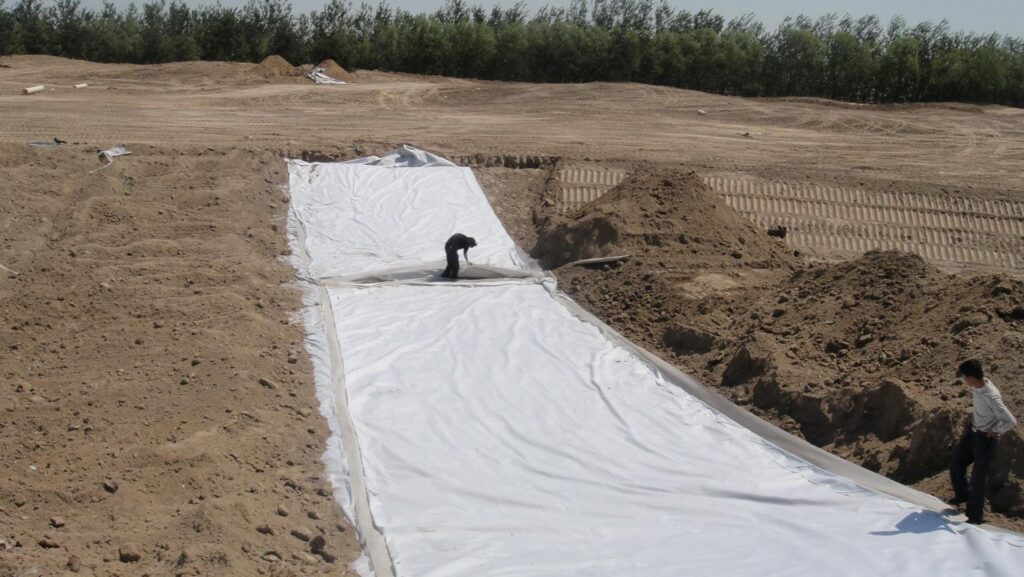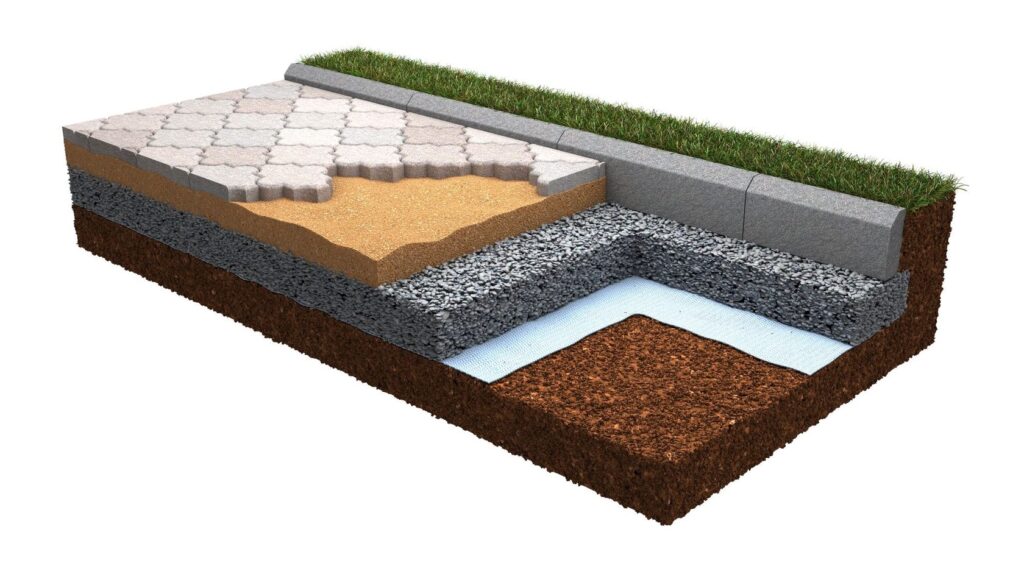Polypropylene nonwoven filament geotextile is a type of geosynthetic material used in civil engineering and construction applications. It is made from polypropylene, a synthetic polymer, and is designed to have specific properties and characteristics that make it suitable for use in various geotechnical and environmental engineering projects. Here are some key features and applications of polypropylene nonwoven filament geotextiles:

- Filament Structure: Polypropylene nonwoven filament geotextiles are composed of continuous filaments of polypropylene, which are bonded together to form a fabric. This filament structure provides strength and durability to the material.
- Nonwoven Fabric: The term “nonwoven” means that the filaments are not woven together like traditional textiles but are instead bonded using various methods, such as heat bonding or needle punching. This creates a fabric with a random arrangement of filaments.
- High Strength: Polypropylene geotextiles have good tensile strength and resistance to stretching, making them suitable for use in applications where reinforcement and separation are required.
- Filtration: These geotextiles can act as a filter to allow the passage of water while preventing the migration of soil particles. This is particularly useful in applications like drainage systems and erosion control.
- Separation: Polypropylene nonwoven filament geotextiles are used to separate different layers of soil or other materials, preventing mixing and maintaining the integrity of each layer. This is commonly employed in road construction and railway projects.
- Erosion Control: They are utilized in erosion control applications to stabilize soil and prevent soil erosion on slopes, embankments, and shorelines.
- Drainage: Geotextiles made from polypropylene can be used in drainage systems to allow the efficient passage of water while preventing the migration of soil particles, which is important for maintaining the performance of drainage systems.
- Reinforcement: In some cases, these geotextiles are used to reinforce soils, especially in areas with weak or unstable soil conditions. This reinforcement can help improve the load-bearing capacity of the soil.
- Environmental Protection: They are also used in environmental protection projects, such as landfill liners and caps, to contain and manage waste materials effectively.
- UV Resistance: Polypropylene geotextiles are often treated to have good UV (ultraviolet) resistance, ensuring their long-term durability in outdoor applications.
- Chemical Resistance: They have good resistance to a range of chemicals, making them suitable for use in a variety of soil and water conditions.

Polypropylene nonwoven filament geotextiles are available in various grades and thicknesses to suit the specific needs of a project. They play a critical role in modern civil engineering and environmental protection, providing solutions for soil stabilization, filtration, and erosion control.
